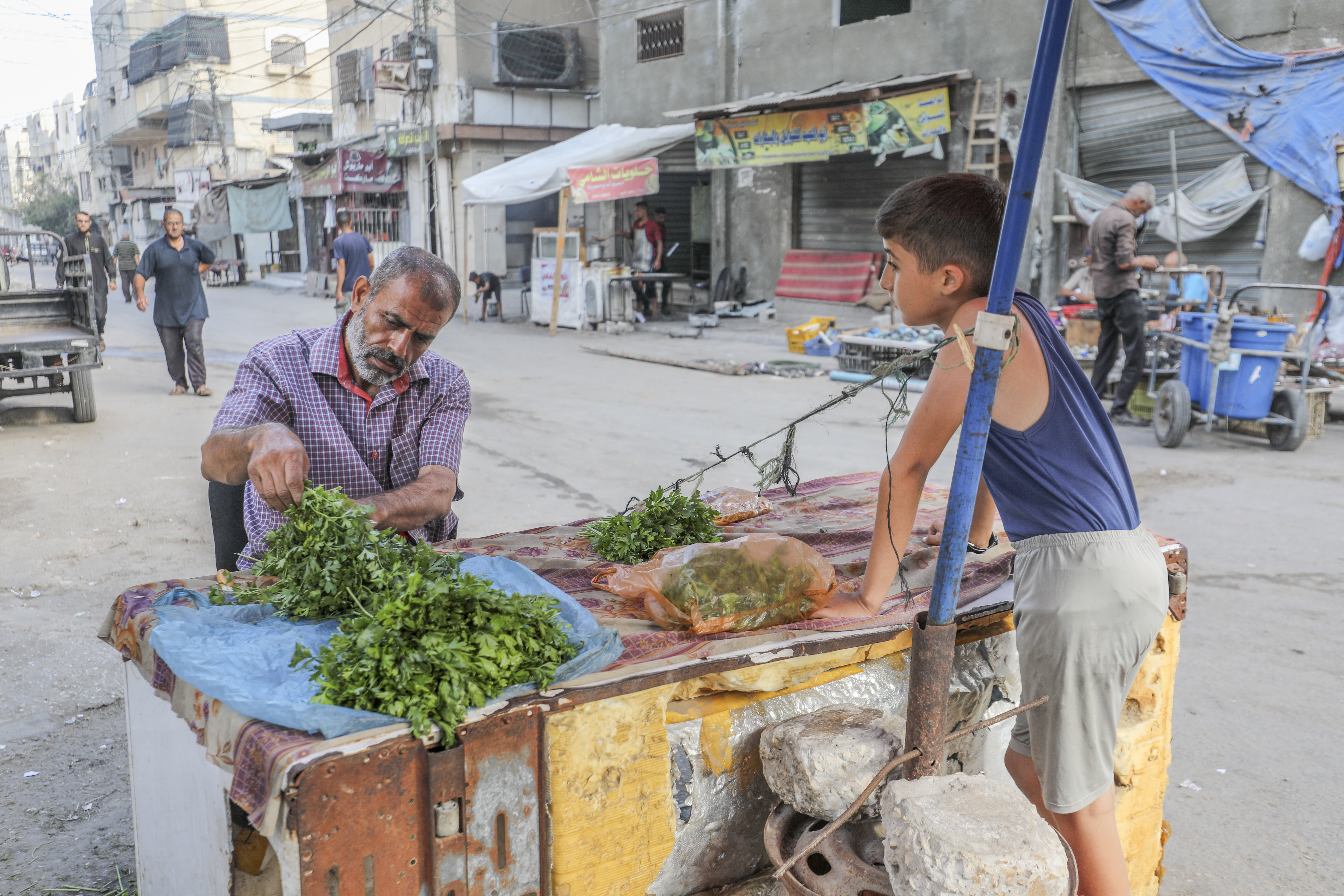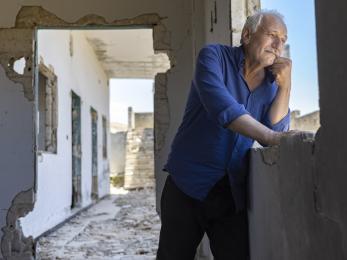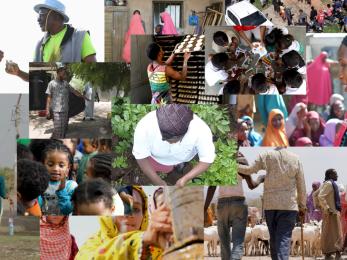Is international aid worth it?
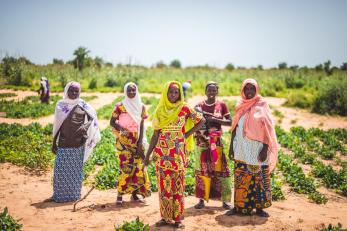
On a scorching afternoon in southern Niger, five village women patrol a labyrinth of plants. It is the dry season here, the hardest time to find enough to eat, but the delicate leaves they turn in their hands tell a more promising story.
This small bean field is more than 5,000 miles from Washington, D.C. On the surface, the things that happen here will have no measurable impact on anyone in the United States.
But there is great power in these little plants. The cultivation of this field is through a Mercy Corps program funded by the U.S. government that teaches women in Niger modern methods to grow healthier food.
Niger is one of the poorest countries in the world — its progress depends on rural families like these becoming more food secure. So in a few weeks, these women will harvest their own crops and use them to feed their children throughout the lean season.
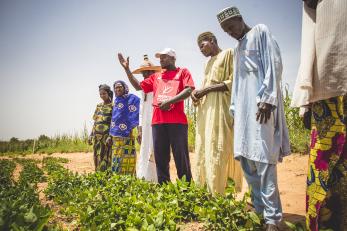
Their children will be healthier, which means they will be more likely to attend school. An education may empower them to find good jobs that allow them to invest back in their village, or start businesses that hire local workers. More jobs mean a safer community, healthier families and eventually, a stronger, more stable Niger that is less dependent on international assistance.
So for these women, this work isn’t just about today. They are planting seeds they won’t harvest for some time.
That’s the power of foreign aid: The small ripple effects that can transform communities for years to come. But right now U.S. investment in this work is at risk. Major cuts to the U.S. foreign aid budget may be looming for the next fiscal year.
With humanitarian funding from many partners, including the U.S. government, Mercy Corps is showing millions of people the path to a brighter future. This work makes children healthier, families stronger, and girls more empowered. It helps communities grow and refugees heal.
Foreign aid builds a better world for all of us. There is too much progress and too many lives at stake to pull back. We must reaffirm our commitment to it.
The changing face of foreign aid
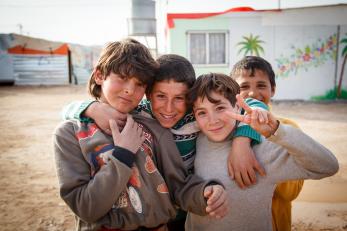
U.S. foreign assistance plays a critical role in saving lives and lifting people out of poverty around the world. But today’s crises are complex and require long-term solutions. They can’t be solved with food drops — they call for a different way of thinking.
We won’t truly transform communities unless we think of assistance as a holistic approach that helps people meet their urgent needs and build a stronger tomorrow.
We see this approach working in countries as diverse as Syria, South Sudan, Afghanistan, Haiti and Nepal. But we also see the risk that comes with leaving the job unfinished: The more people this work touches, the more progress that will be lost if it goes away.
Cutting U.S. foreign assistance will put millions of innocent lives in jeopardy and potentially erase decades of development progress. But it will also have serious repercussions on international stability: We know, for instance, that the rise of Boko Haram was due in part to young men who didn’t see any other way to build a future. Many of them simply wanted loans to start small businesses, and the only option they could find was in the empty promises of an armed group.
Our work offers a better way. For example, when we provided young people in Somalia with access to civic engagement and education opportunities, the likelihood of them participating in and supporting violence fell by 14 and 20 percent respectively.
U.S. government assistance made that possible. But if we are unable to continue this type of work, a void will be left that puts people at risk and destabilizes a world that needs us now more than ever.
A cause worth investing in
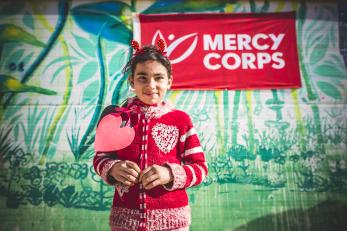
Currently, U.S. foreign aid only accounts for about 1 percent of the total federal budget — that’s just one cent of every taxpayer dollar. Yet it resonates in communities in every corner of the world. Here are just some examples of what this money looks like at work.
With U.S. government funding:
- We deliver food, water, household items, cash, psychosocial support and hygiene services to vulnerable families in Syria, Yemen, South Sudan, Ukraine, Colombia, Democratic Republic of Congo, Nigeria and several other countries.
- We train people in Mali, Nigeria and the Central African Republic to ease inter-community violence across different religious and ethnic lines.
- We make it easier for farmers and pastoralists in Ethiopia and Uganda to sell goods, so families have more funds to pay school fees, buy medicine and save for a rainy day.
- We provide vocational skills training for young people in Afghanistan so they can find good, quality jobs.
- We help communities in Nepal, Timor-Leste and Indonesia better prepare for natural disasters and the devastating effects of climate change.
These are smart investments that meet the needs of today and tomorrow. And they’re working: millions of people are working their way out of poverty, strengthening their communities and ultimately breaking their dependence on aid. But the job is not finished.
The lives behind the numbers
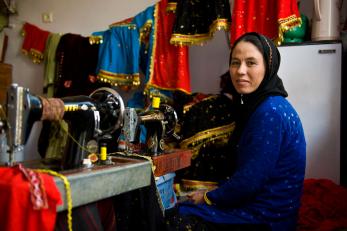
At Mercy Corps we know that humanitarian assistance is an important part of moving communities from crisis to opportunity. So our work does more than meet immediate needs: it addresses the underlying causes of a crisis. It looks to the future and invests wisely in stronger communities. It reduces violence and shows vulnerable young people the path to a better life. It makes the world safer. It saves money long-term. It builds a fair, more equitable planet for everyone.
We believe there is great power in what we do — from a child finding her voice in a refugee camp to a mother tending a tiny bean field in Niger.
We see the seeds of progress being planted, and because we are powered by the belief that a better world is possible, we see that as a call to keep going.
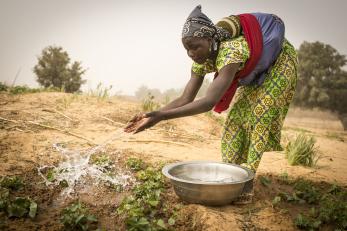
How you can help
In the face of daunting challenges, we must join together to protect U.S. foreign aid for the millions of people whose lives depend on it. You can help us spread the word about the value of international aid, and help us deliver more lifesaving relief to the families who need it most.
